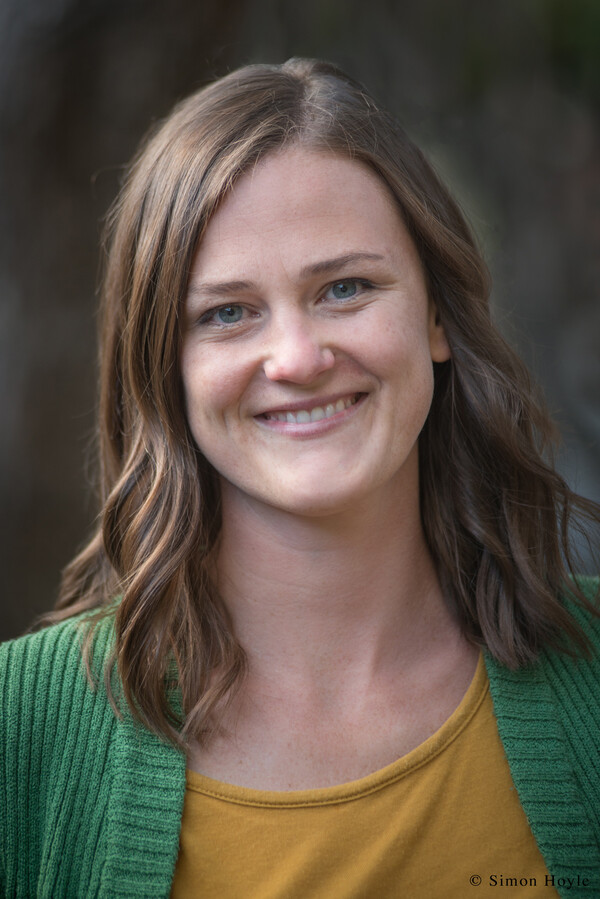
Lyn Kriegler

ABOUT THE AUTHOR
Kriegler, Lyn (1949 –) is an illustrator, scriptwriter and storyteller.
Lyn Kriegler was born in upstate New York and educated in the United States. Kriegler was originally trained by her father as an engraver. She earned a Bachelor of Fine Arts from Virginia Commonwealth University in 1971. Throughout her career Kriegler has worked as a staff artist and art director. Her career has seen her work for such varied organisations as Mademoiselle and The New Yorker. She worked on the Dick Cavett Show, and the Washington Post.
In 1974 Kriegler immigrated to New Zealand. She continued her work as a staff artist until 1976, when she began to work as a freelance book illustrator, oral storyteller and scriptwriter.
Kriegler has illustrated 22 picture books, seven chapter books and 25 readers. Her publications include: The Magpies Said: Stories and Poems from New Zealand by Dorothy Butler (Kestrel Books, Penguin UK, 1980), A Bundle of Birds by Dorothy Butler (Reed, 1986), Come Back Ginger by Dorothy Butler (Reed, 1986), Rosie Moonshine by Anthony Holcroft (Century Hutchinson, 1988), Lulu by Dorothy Butler (Hodder & Stoughton UK, 1990), A Pocket Full of Posies: A History of Nursery Rhymes, jointly illustrated with Marie Low, Ian McNee, Philip Webb, Bryan Pollard and written by Alan Trussell-Cullen (Shortland Publications, 1989), Bears, Bears, Bears by Dorothy Butler (Penguin, 1994), Higgledy Piggledy Hobbledy Hoy by Dorothy Butler (Grenwillow Books, US, 1991), Lucky for Some by Vivien Mulgrew (Century Hutchinson, 1994), Chen-Li and The River Spirit by Anthony Holcroft (Hodder and Stoughton, 1991), Cat Concert (Shortland Publications, 1991), By Jingo! by Dorothy Butler (Reed, 1993), Where’s Sylvester’s Bed? by Joanne Balasek (Lands End Publishing, 1993), What Peculiar People! by Dorothy Butler (Reed, 1994), Kangaroo Bill by Diana Noonan (Reed, 1994), Farm Boy, City Girl by Dorothy Butler (Ashton Scholastic, 1995), Just a Dog by Dorothy Butler (Reed, 1995), Hector: An Old Bear by Dorothy Butler (Penguin, 1995), My Old Cat by Bob Eschenbach (Lands End Publishing, 1996), Hemi and the Shortie Pyjamas by Joan de Hamel (Picture Books NZ, 1996).
In 1981Kriegler wrote and Illustrated The Legend of the Kiwi (Alister Taylor). It is the retelling of a Maori legend, and was edited by Dorothy Butler.
In 1983 Kriegler returned to the States with her husband and while there, trained as a primary school teacher. As well as teaching, she also began to exhibit and sell her paintings. In 1987 Kriegler returned to New Zealand. Today she lives in Karekare.
In 2006 Kriegler illustrated several books, inlcuding Family Surprises (Puffin) by Margaret Mahy, and Davy's Ducks: A Tale of Old New Zealand (Reed). She also wrote Mister Minty (Gilt Edge Press), illustrated by Blair Sayer.
She has illustrated SEADOG - A tale of old New Zealand, also by author Dorothy Butler (Reed Publishers 2007).
Professor Pungwit and the Pungapeople (Hachette New Zealand, 2009) was written by Barry and Martin Crump, and illustrated by Kreigler. This collaboration occurred as a direct result of a Writers in Schools visit by Kreigler to Martin's daughter's school. She has also illustrated Chief Awateri and the Pungapeople (Hachette 2009), as well as The Ghost Tree and other stories, written by Anthony Holcroft (Penguin NZ, 2009).
Working with Dorothy Butler again, she illustrated Farmer Beetroot's Birthday (Duck Creek Press 2010).
In 2011 she illustrated Christmas in the Bush written by Lindy Kelly (HarperCollins 2011).
In 2013 Kriegler took part in producing the short film, Khushi, with Mike O’Neill. The film sought to raise awareness in Raglan of the Shanti Niwas Charitable Trust, which is a trust set up to support senior Indian and South Asian people living in the Auckland region. The film received a certificate of recognition for its high-quality calibre at the Raglan Arts Film Festival Awards in 2013.
In 2014 she also contributed to the illustrating of Rising in Love: My Wild and Crazy Ride to Here and Now, with Amma, the Hugging Saint by Ram Das Batchelder (John Hunt Publishing).
WRITERS IN SCHOOLS INFORMATION
Kriegler participates in the Writers in Schools programme. She is available for school visits, and will lead workshops by arrangement, and supernatural tales workshops are a specialty. She is willing to visit any age group and is prepared to discuss where ideas come from, what made her want to become an author/illustrator, how she learned to tell stories, and how to draw. Her preferred class size is 30-70 students, but she can speak to up to 200 in one session. She is also available for Professional Development sessions for teachers.
MEDIA LINKS AND CLIPS
- Lyn Kriegler's Storylines profile
- Lyn Kriegler on Beattie's Book Blog
- Lyn Kriegler's short story 'Do Not Strike When Angry'
- Watch Khushi here
- Watch Lyn Kriegler read 'The Big Paneer' to kids
- Lyn Kriegler's profile on Pod Easy Edible Gardening site






